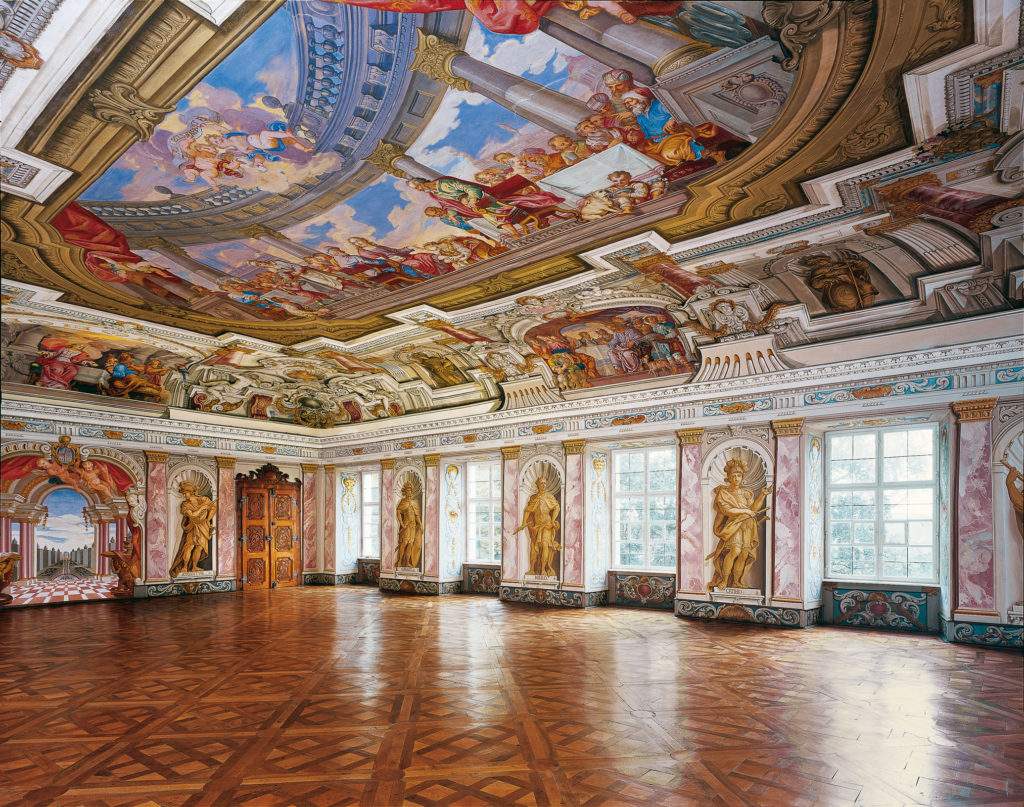Many people still think old buildings are not suitable for heat pumps. Germany’s Herrenchiemsee castle disproves this. Built in 1886, it is a listed building situated on an island near Munich, surrounded by a protected natural area. While the state rooms of the south wing were already open to visitors, the rooms of the north wing were recently opened up to host exhibitions and events thanks to a new heating system.
Two brine-to-water heat pumps provide heating and cooling. Geothermal energy is tapped through 18 probes, each 200 metres deep.
The island is unusual for having no groundwater. So this approach allowed efficient heat distribution through component activation (wet system on the first floor, dry system on the upper floor) with full air conditioning. The seasonal intermittent operation of heating and cooling increases the ecological and technical efficiency of the probe field and requires a smaller dimension than originally anticipated.
More information here.
Have you got a heat pump story to share? Let us know! sarah.azau@ehpa.org








